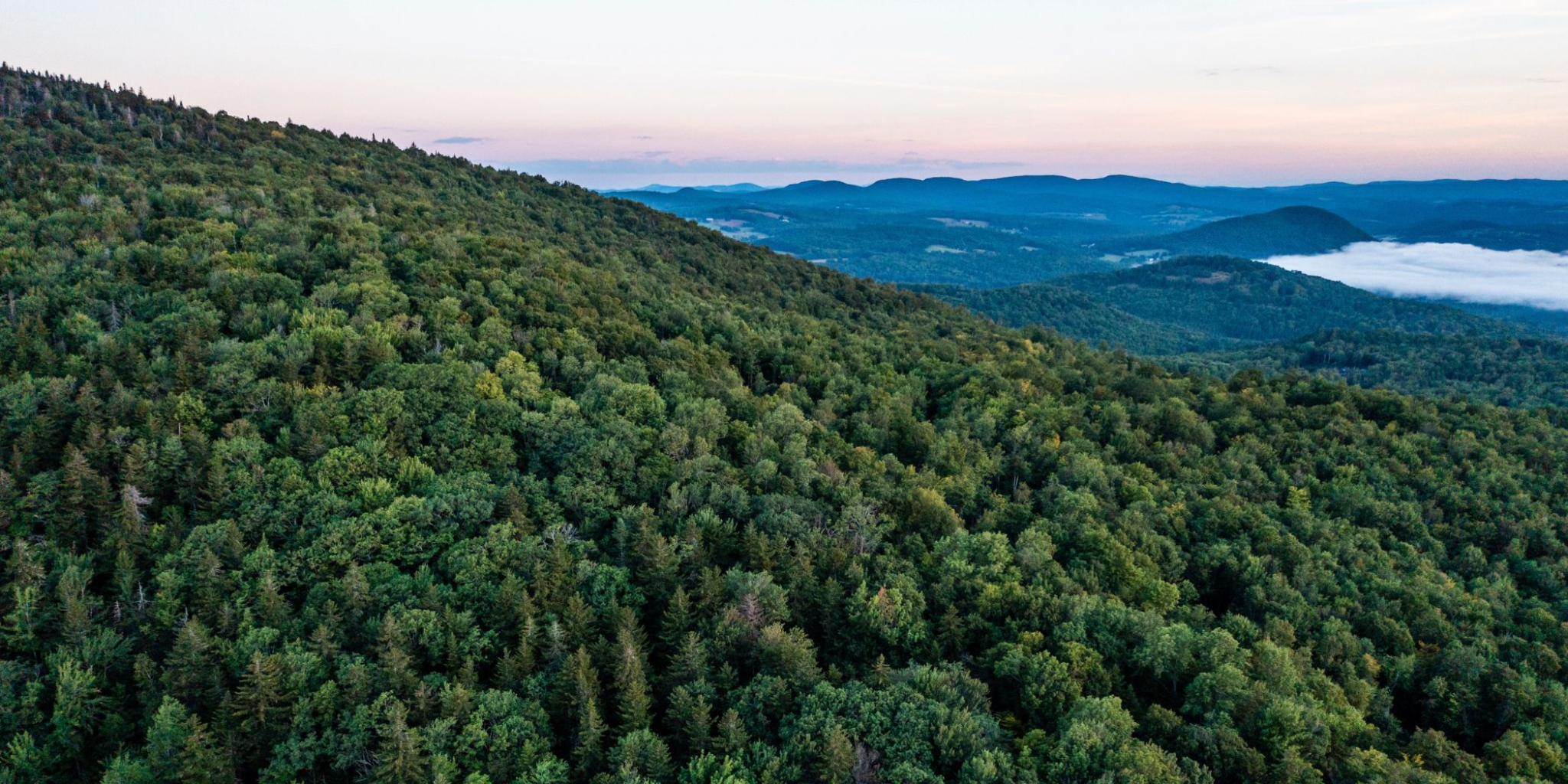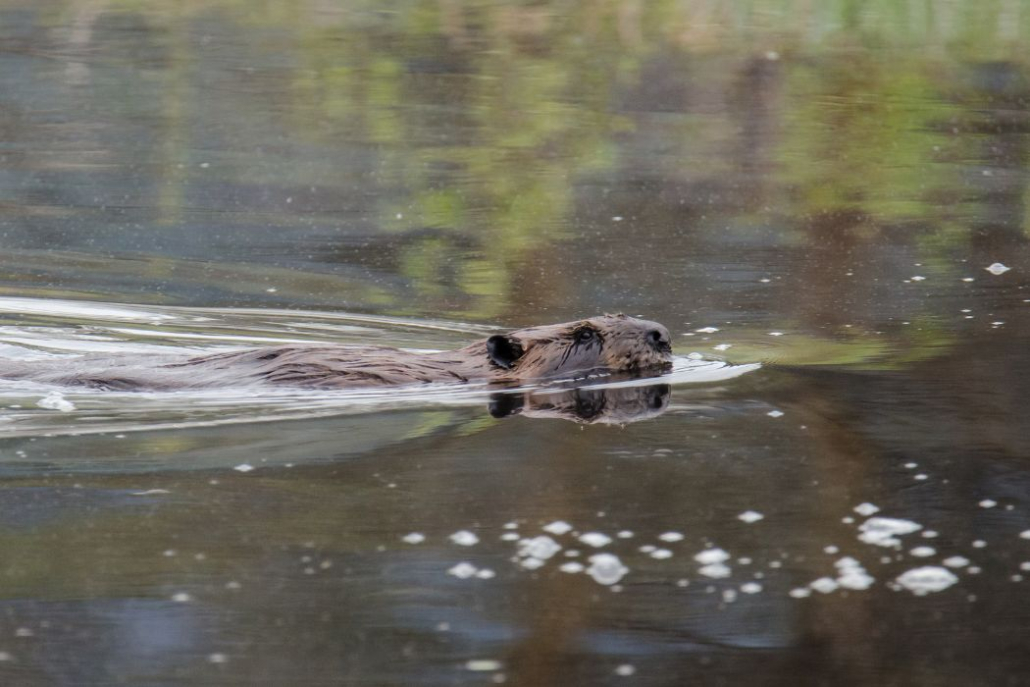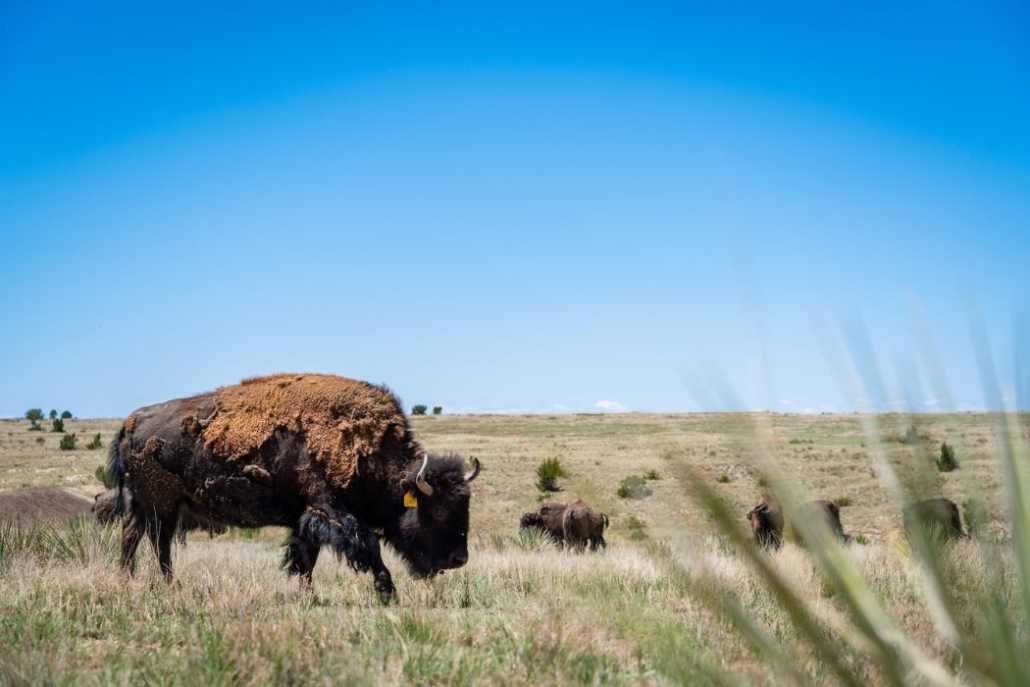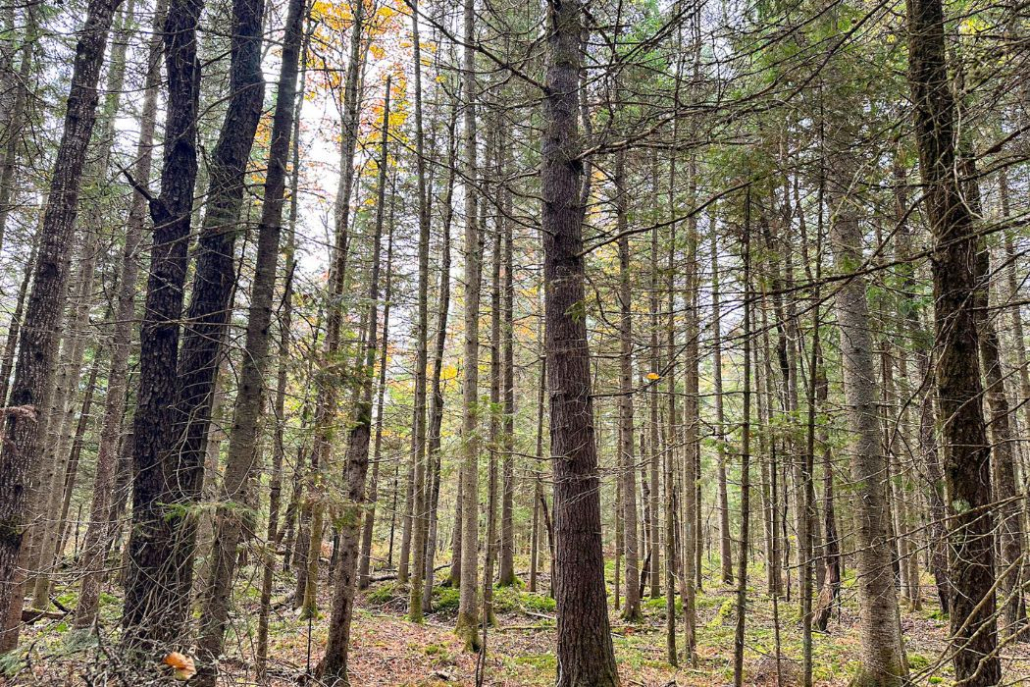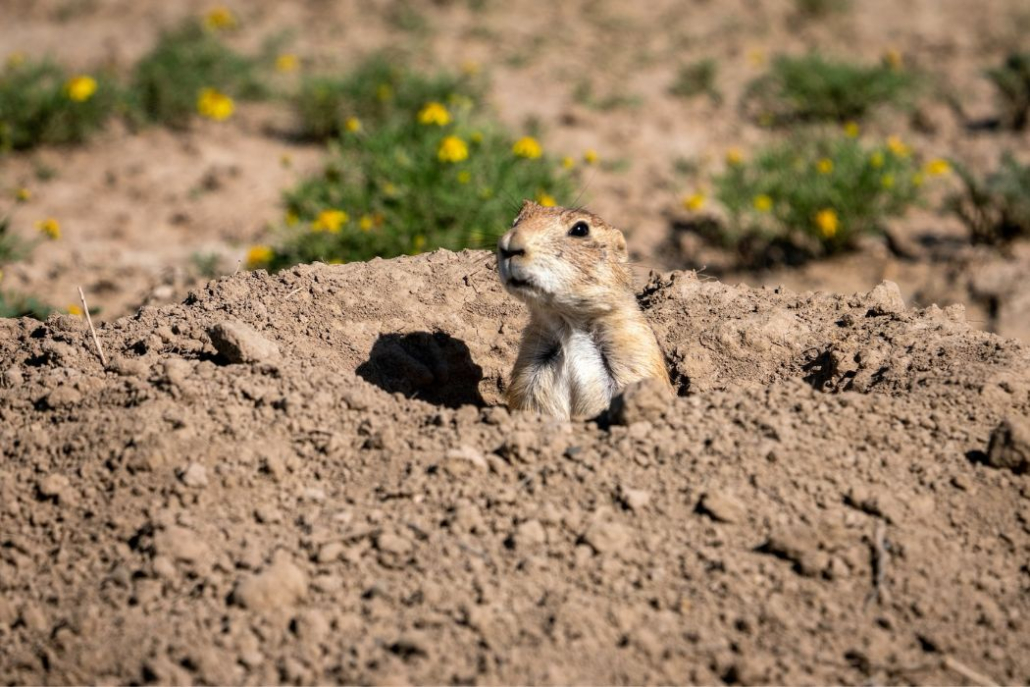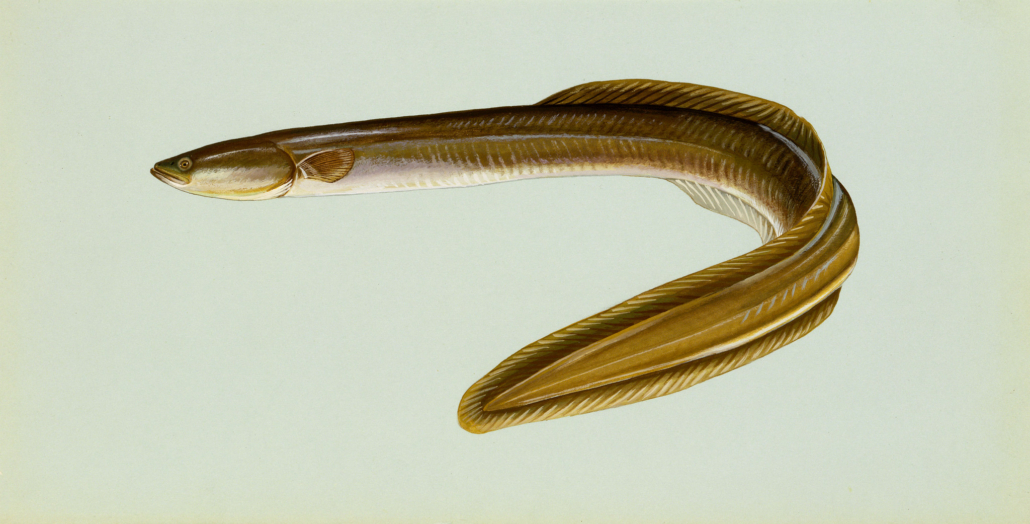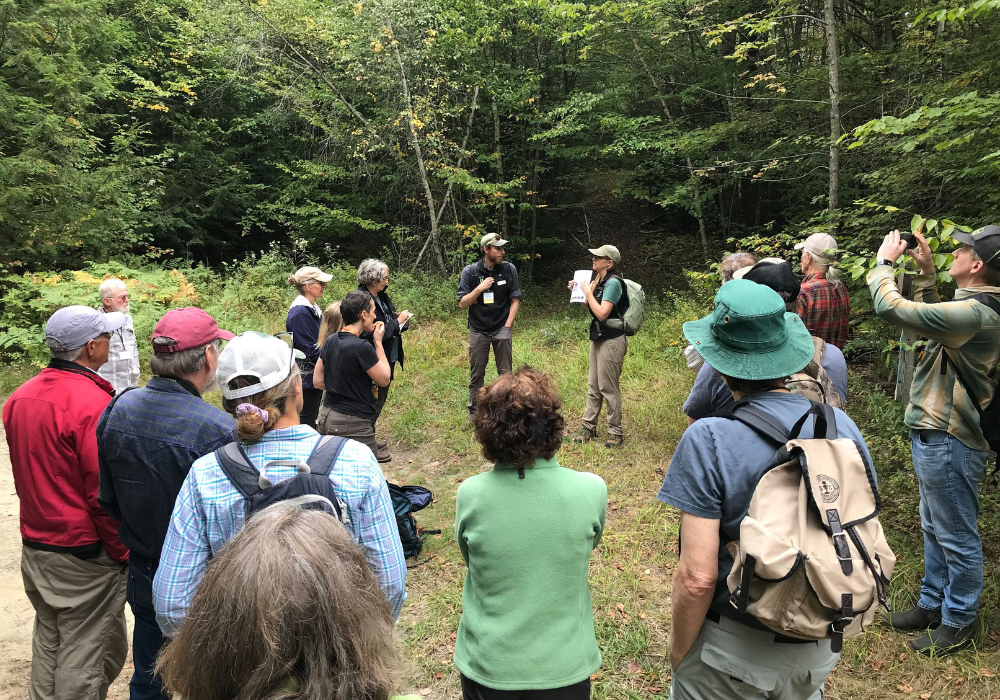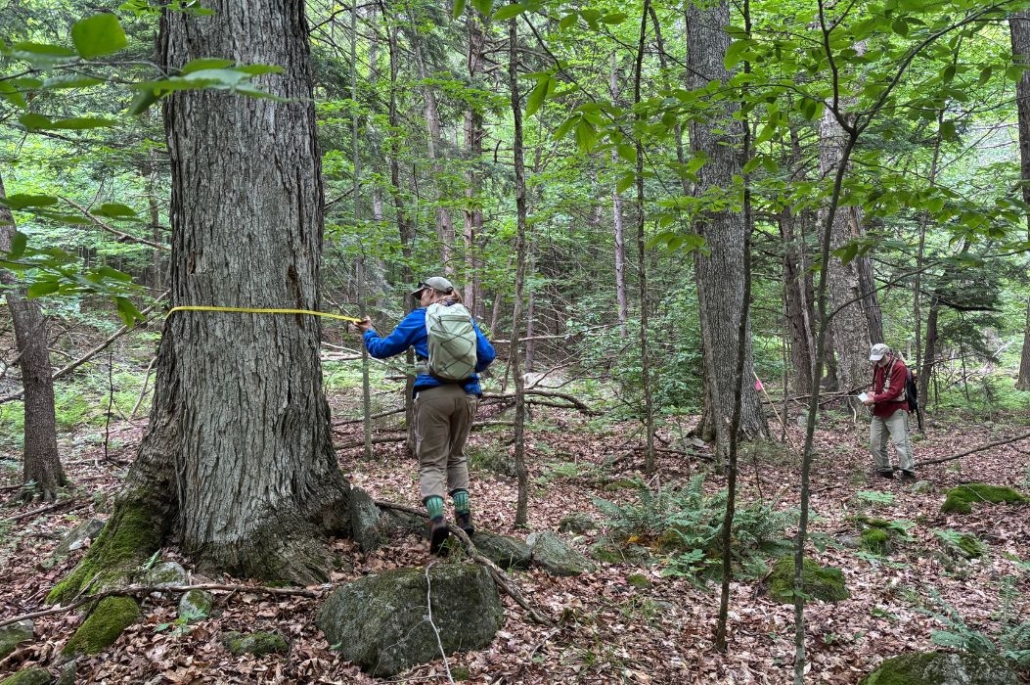Perspectives on Rewilding, from the Northeast to the Great Plains
Herds of mammoth. Saber-tooth tigers lurking in the tall grasses. American cheetahs—yes, you read that correctly—speeding after pronghorns.
Thousands of years ago, this was the scene on the Great Plains—current day Colorado and surrounding states. Tall- and shortgrass prairie predominated across a wide swathe of the lower 48 states, maintained by grazing bison and natural fires that kept woody encroachment by shrubs and trees at bay. This was a rich, biodiverse expanse that, in its labyrinthian root systems in the soil, sequestered vast quantities of carbon. In the words of Henry Pollock, the executive director of Southern Plains Land Trust (SPLT) and the kickoff speaker in Northeast Wilderness Trust’s (NEWT) 2025 Speaker Series, the prairie was “a veritable American Serengeti.” Pollock and NEWT President and CEO Jon Leibowitz discussed the differing challenges and opportunities in rewilding the Great Plains and NEWT’s service region, the Northeast. Check out the full recording of the webinar below.
At the same point in geological time that mammoths, tigers, and cheetahs prowled the Plains, old forests sprawled across what is now New England a thousand or more miles east. Hurricanes, ice storms, and other forms of natural disturbance blew through every so often, felling trees, opening up canopy gaps, and creating structural complexity. In these great forested wildlands, wolves and cougars hunted deer and other ungulates. Streams and rivers shaded by hemlocks teemed with brook trout and Atlantic salmon. Massive flocks of passenger pigeons darkened the skies. Caribou walked across parts of the landscape and harbor seals called Lake Champlain home.


